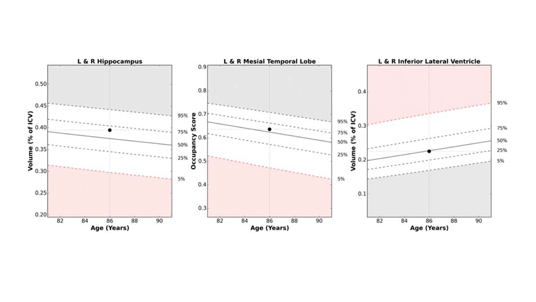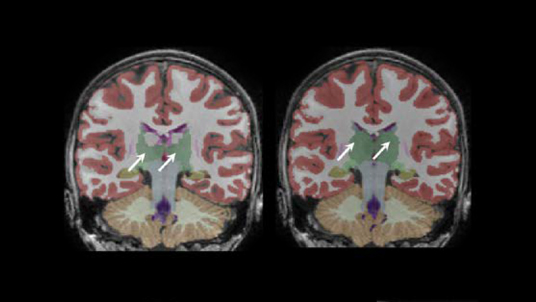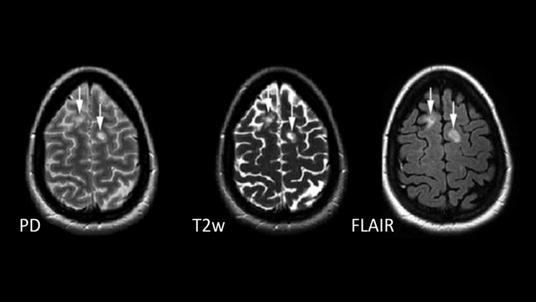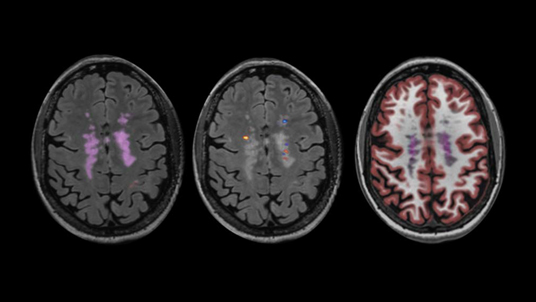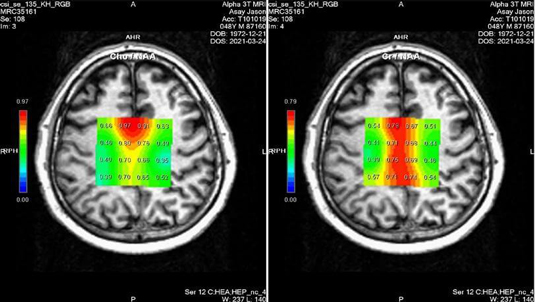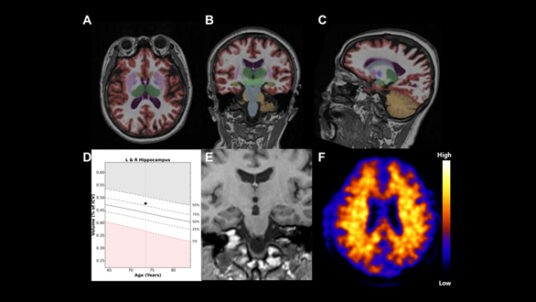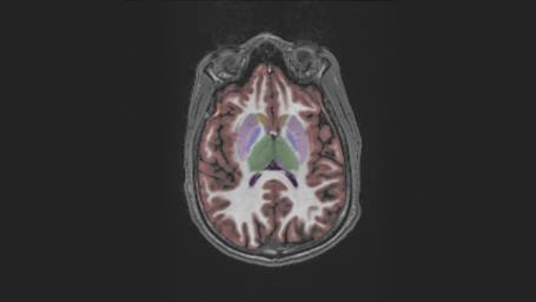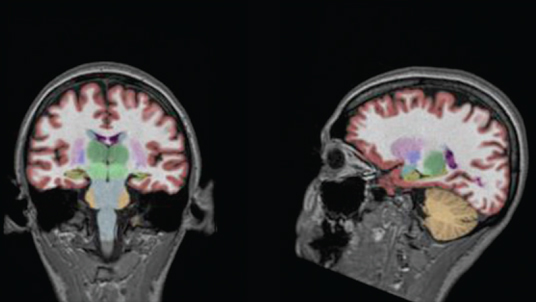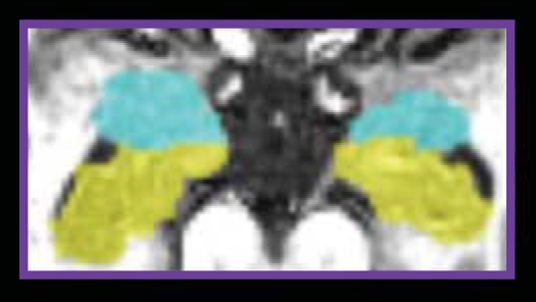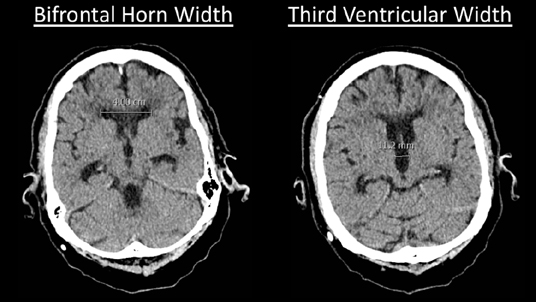Insights
The latest news in radiology AI
Understand the latest developments in AI image quantification
See how our software is supporting clinicians in healthcare institutions across the world, and meet the patients benefitting from precision volumetric analysis.
Our solutions
Advanced AI tools tailored for improved disease prediction and monitoring.
View all solutions
AI radiology news
Stay up to date with the latest insights, advances and clinical applications
"NeuroQuant® is the clinical gold standard for MRI brain volume measurement."
Dr David E. Ross
Director, Virginia Institute of Neuropsychiatry
"Utilizing NeuroQuant® in our health system has provided invaluable information which leads to improved patient care."
Dr. Ana Franceschi
Associate Professor, Radiology, Zucker School of Medicine

